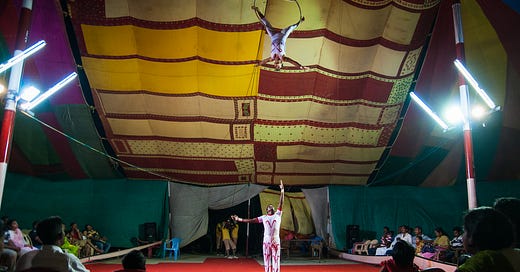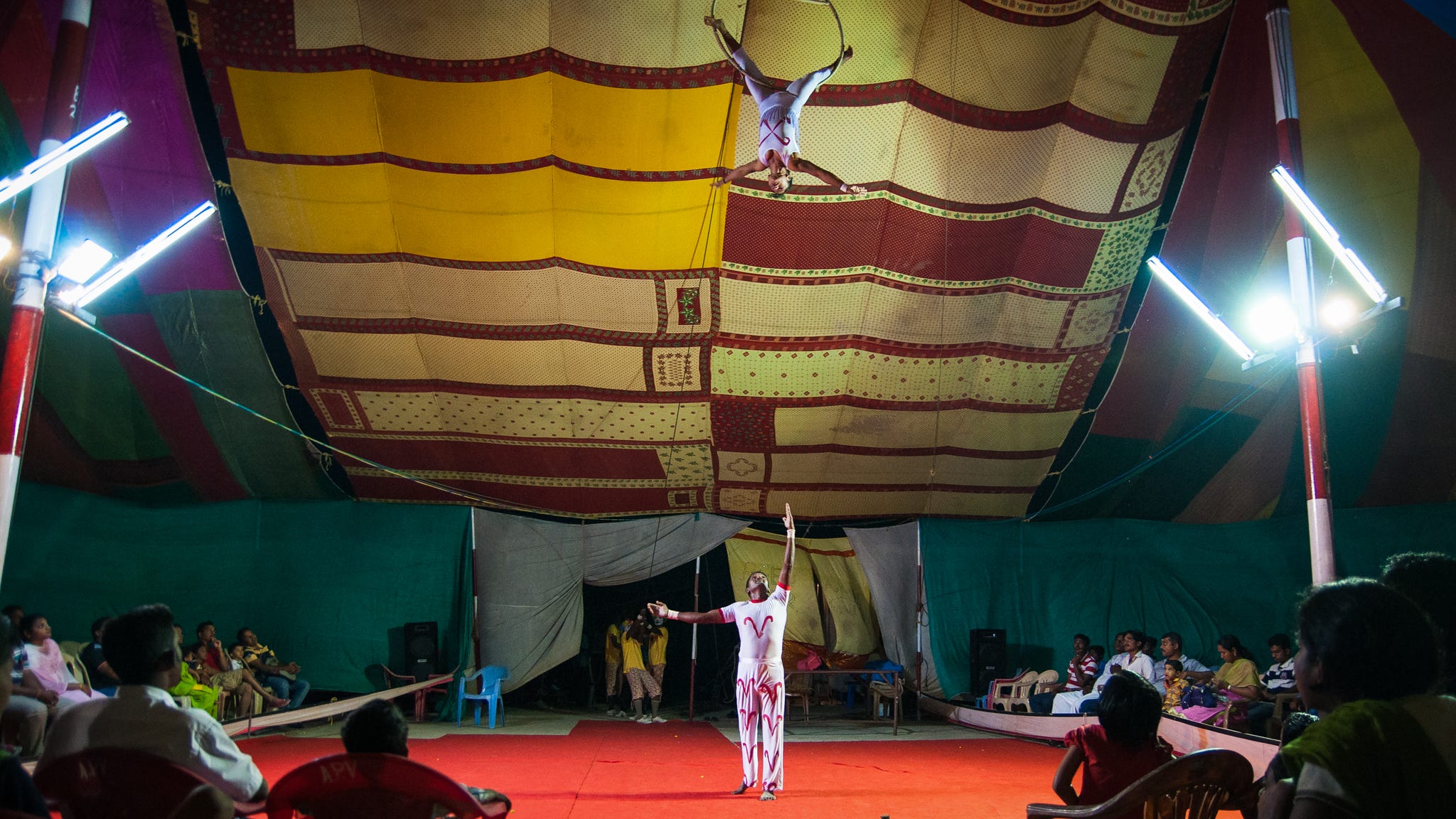The Resurrection of Ringmaster Chakravarthy
As a child growing up in India, he ran away from home and joined the circus. After a freak aerial accident nearly ended his illustrious thirty-year career, he poured his life savings into one last soul-soaring hurrah.
Keep reading with a 7-day free trial
Subscribe to Narratively to keep reading this post and get 7 days of free access to the full post archives.




